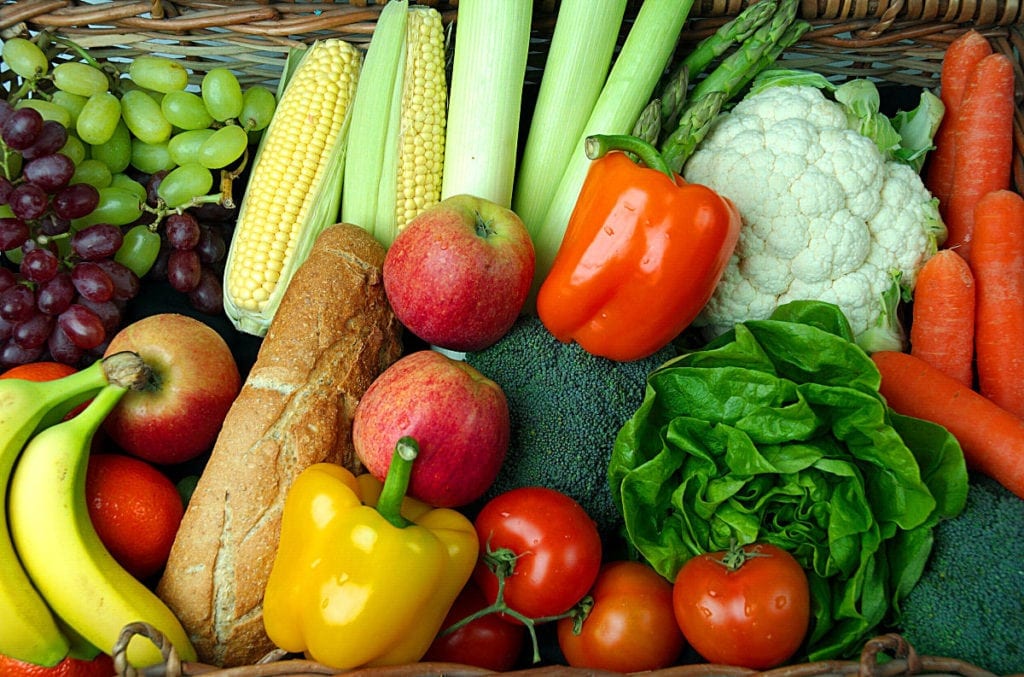
September is Fruits & Veggies – More Matters Month, but you’d never know it. These healthy foods rarely make it to the plates – or palates – of many in this country.
In the State Indicator Report on Fruits and Vegetables 2013, the Centers for Disease Control and Prevention cited a familiar story. The researchers found that 38 percent of adults in the U.S. did not eat fruit every day — if at all — and 23 percent omitted a daily consumption of vegetables. Adolescents fared little better. Their consumption of fruits was similar to that of adults, but almost 40 percent cut vegetables from their daily eating plans.
Yet, studies have shown that fruits and vegetables contain a wide variety of vitamins and minerals that can reduce the risk of several chronic illnesses, including heart disease, some cancers, diabetes and stroke. The body is not able to make these nutrients and must rely on the foods we eat for nourishment.
A major important of eating fruits and vegetables is their ability to neutralize free radicals, which are compounds that are capable of damaging cells and genetic material. This damage can result in cancer. Produce contains antioxidants, or phytochemicals, that are literally free-radical fighters.
There is some confusion in determining just how many fruits and vegetables to eat each day. There is not one answer. The amount depends largely on age, gender and physical activity. For instance, minimum daily consumption ranges from a cup a day of fruit for children aged 2 to 2½ cups for adults older than 18.
Adding fruits and veggies to one’s diet is not very complicated. It’s not necessary to follow a specific regimen. Eat ones that you like. If you don’t like carrots, eat sweet potatoes. If you don’t like tomatoes, sweet red peppers will do. Variety is the key. No single fruit or vegetable provides all of the nutrients you need to be healthy.
Dietitians recommend choosing foods of varying colors to get the full extent of essential vitamins and minerals. For example, the reds, such as tomatoes and watermelon, contain lycopene, which may help reduce the risk of prostate cancer. More recent research, according to a Harvard Health blog, indicated that lycopene may offer protection against stroke. The greens, such as collard greens and spinach, contain lutein, which has been found to improve heart health and reduce the risk of cataracts.
Although some people may prefer fresh produce, frozen foods are a good substitute for fresh and are less expensive. In some ways, frozen may be a bit healthier. Produce is flash frozen right at the peak of ripeness so the nutrients are well maintained. Even dried fruits can be fine.
Choosemyplate.gov, a website of the U.S. Department of Agriculture, recommends making half your plate fruits and veggies, the other half grains, preferably whole grains, and low-fat protein. Discuss developing a healthy diet with a registered dietitian or visit Super Tracker at ChooseMyPlate.gov to develop a personalized plan.


![Banner [Virtual] Art Gallery](https://baystatebanner.com/wp-content/uploads/2024/04/Cagen-Luse_Men-at-store-e1713991226112-150x150.jpg)



